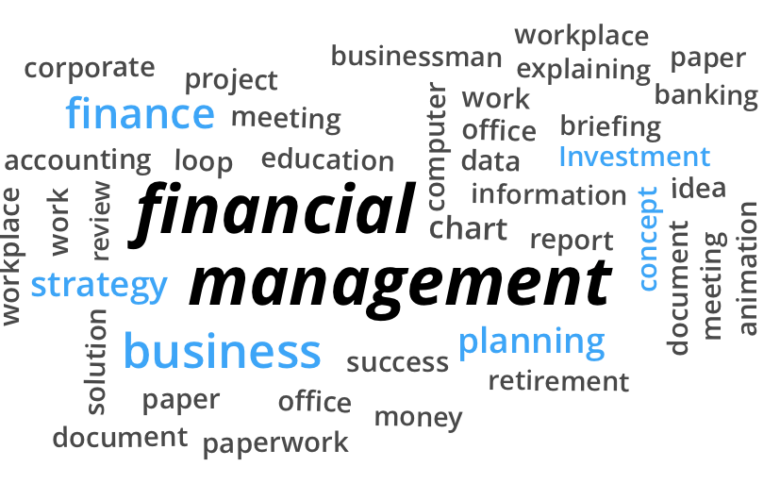Ever since computers captured the imagination of a planet, inquisitive minds have been awaiting the advent of the ‘paperless office’ with bated breath. To many, nothing spells utopia like a workplace far removed from the constraints and inconveniences of encoding, signing, filing and retrieving a monstrosity of paper-based documents.
In a way, it’s already here. Office paper usage actually diminished by 40 percent between 2000 and 2011. Mobile businesses and the trades have increasingly turned to mobile apps, effectively eliminating superfluous paperwork.
So has the time of the paperless office finally come to pass? The answer, it seems, is not quite.
Paperless bathroom
Pessimistic Luddites have said that we would as sooner have a paperless bathroom than a paperless office. Somehow, it seems their words are ringing true despite the indubitable strides made by advocates of paperless business processes. According to Coopers and Lybrand, the US has more than four trillion paper documents, a figure that is growing by 22 percent a year. Similarly, Gartner estimates that the amount of paper produced by the average company is growing at a rate of 25 percent per annum.
Forrester Research estimates that one billion photocopies are made every day, an insight echoed by Coopers and Lybrand, which found that documents are copied 19 times on average. Those in white-collar professions are reportedly expending 70 percent of their working hours on the processing of paper docs.
Why are we still far away from an idealised future?
Resistance to change
As it turns out, businesses encounter plenty of resistance in the thrust toward paperless-ness. Managers and top-of-the-line executives are averse to fomenting upheaval shifts that compel subordinates to go the paperless route.
One of every company’s biggest reservations when it comes to shifting to paperless is the subject of signatures. Apparently, many parties still favour ‘wet’ signatures, or those put on paper and with ink, than their electronic counterparts.
Ironically, the more people use computers, the more paper seem to be used. Every printer-equipped office is expected to output paperwork, after all. This is to say nothing of paper docs from external sources, e.g. those flowing from the fax machine and the physical mailbox. Workers also have to contend with the bookkeeping of paper receipts.
Given the burgeoning tools for interactive document management, on the cloud or otherwise, it’s unfortunate that many businesses are merely transmuting paper clutter into their digital incarnation.
Benefits
This is all too sad, considering the multitude of benefits which paperless information management can afford any business. Under a reasonably paperless policy, business processes will improve, costs will dwindle, and efficiencies will expand. Communication is drastically expedited, while collaboration over information assets is vastly enhanced.
For obvious reasons, taking paper out of the business equation has many environmental dividends. Paperless equals more intact trees. At the rate climate change is dominating the cultural conversation, having a paperless business is certainly something to crow about.
A paperless office is one with less space needs and thereby less service/leasing expenses. As it stands, paper storage takes up over half of the square-footage in offices, according to AIIM.
How to transition to a paperless office
If you are a small- and medium-scale enterprise, you have the largest room for manoeuvring the paperless future. With the aid of optical character recognition (OCR) software, you can scan documents and spreadsheets into searchable PDFs and put the originals up for recycling—after shredding, of course. Document management solutions and apps, on the other hand, will empower your employees to retrieve information more efficiently. You can also invest in PDF editors for workers to superimpose signatures on files. Business cards, receipts, product literature, etc. can easily be scanned with the right iOS or Android app.
Obviate the fax machine from your office. It’s obsolete, wieldy, and downright inefficient. To achieve true operational efficiency, move all your fax communications to email and other real-time solutions.
In the end, it’s not so much about going completely paperless as doing what you can to reduce paper. After all, you can’t just throw your printed books in the garbage, can you? (You can always buy an eBook though.)



